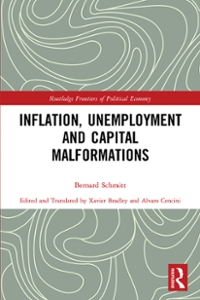Question
A chocolate manufacturer can produce normal or gourmet chocolate bars at the same cost (for simplicity, assume this cost is 0). There are two types
A chocolate manufacturer can produce normal or gourmet chocolate bars at the same cost (for simplicity, assume this cost is 0). There are two types of chocolate consumers in the market, light consumers of chocolate (half of the population) and heavy consumers of chocolate (half of the population). Light consumers are willing to pay up to $2 for a normal bar, and up to $3 for a gourmet bar. Heavy consumers are willing to pay up to $2.50 for a normal bar, and $7 for a gourmet bar. Assume the chocolate manufacturer can price discriminate. Assume that a consumer buys at most one chocolate bar. A consumer's net utility is equal to willingness to pay minus price paid, and that a consumer who does not buy any chocolate gets a net utility of 0. Furthermore, assume that, if indifferent between buying and not buying, a consumer buys; if indifferent between buying a normal bar and a gourmet bar, consumer buys the gourmet bar. 1. (0.25 marks) If the manufacturer sold only normal bars, what price of a normal bar (pn) would he choose? 2. (0.25 marks) If the manufacturer sold only gourmet bars, what price of a gourmet bar(pn) would he choose? 3. (0.5 marks) Write down the constraints that must hold for a separating menu under asymmetric information 4. (1 mark) Find the prices charged under the optimal separating menu under asymmetric information.
Step by Step Solution
There are 3 Steps involved in it
Step: 1

Get Instant Access to Expert-Tailored Solutions
See step-by-step solutions with expert insights and AI powered tools for academic success
Step: 2

Step: 3

Ace Your Homework with AI
Get the answers you need in no time with our AI-driven, step-by-step assistance
Get Started


